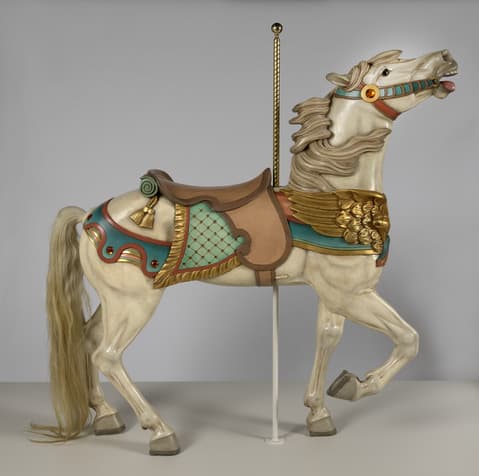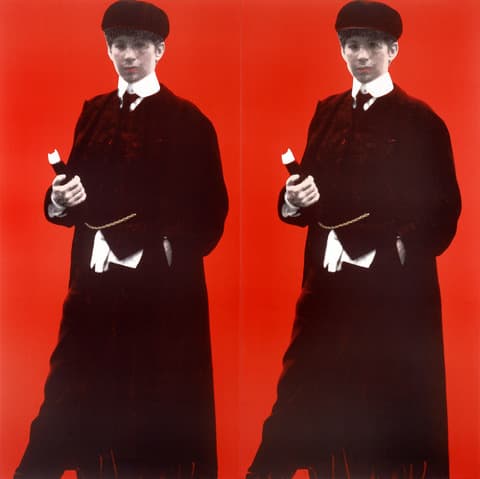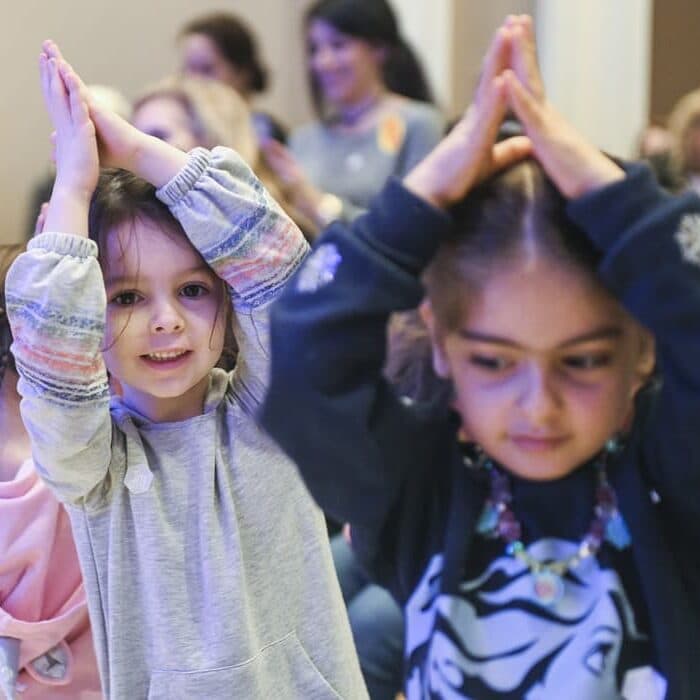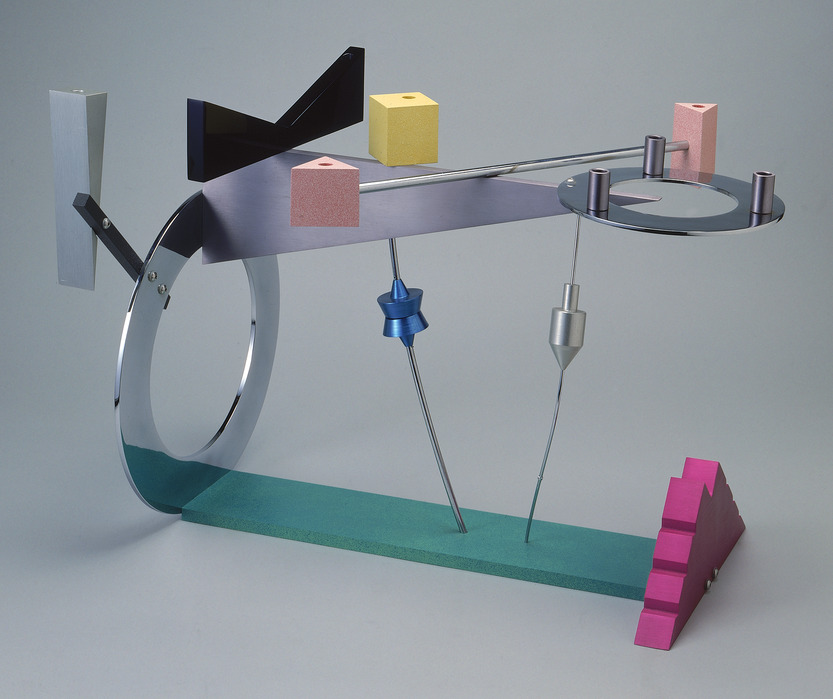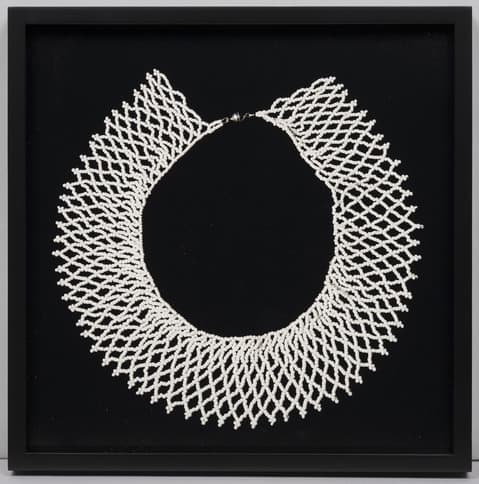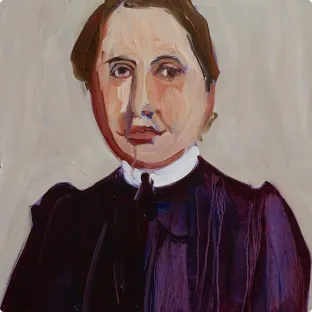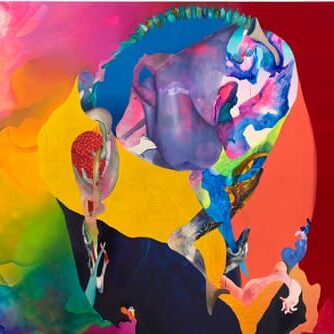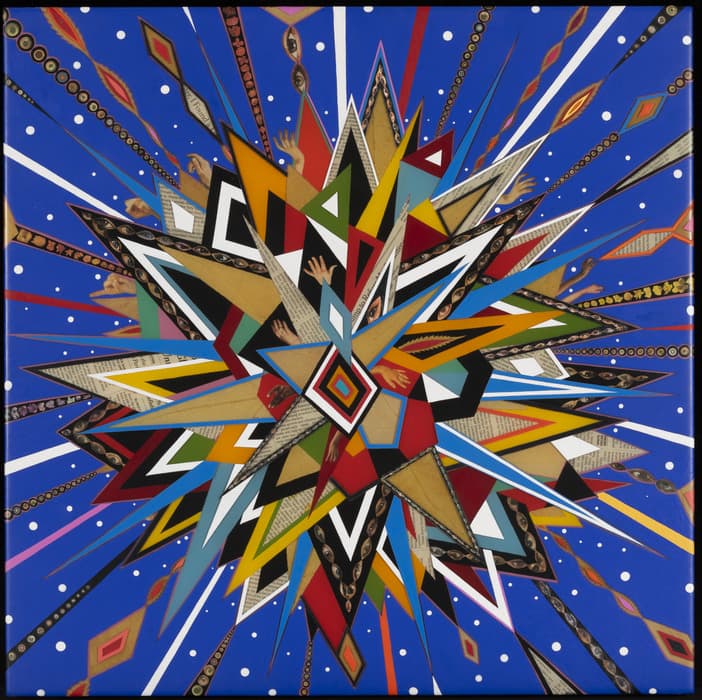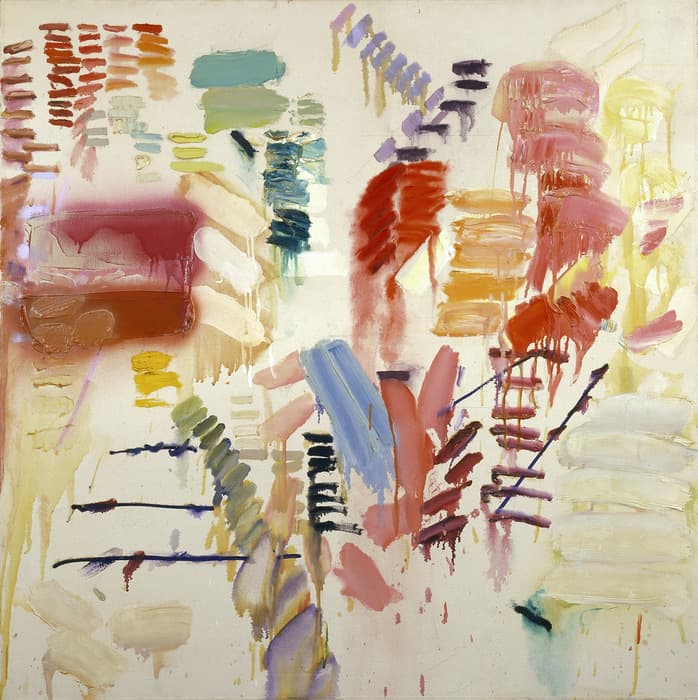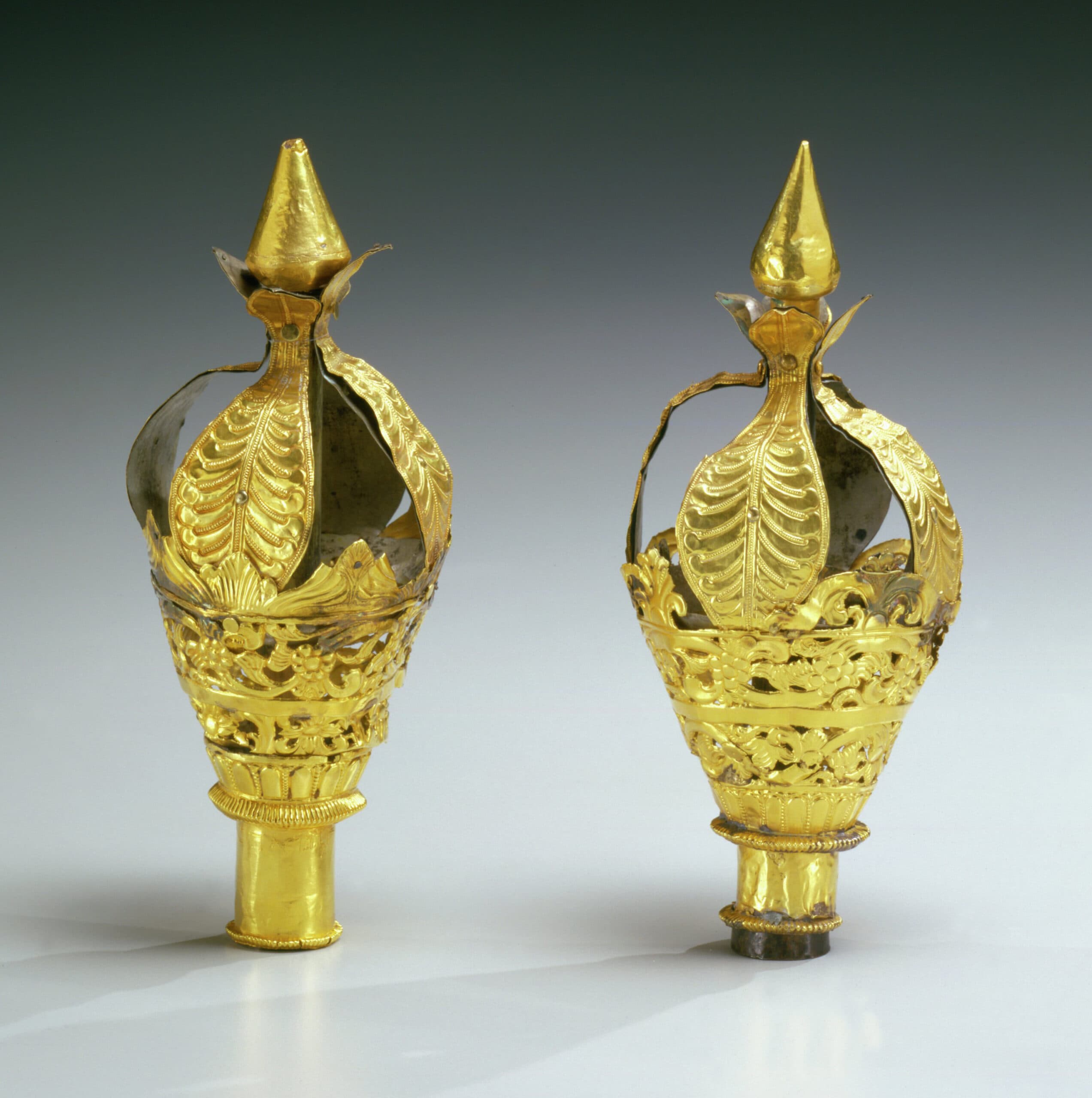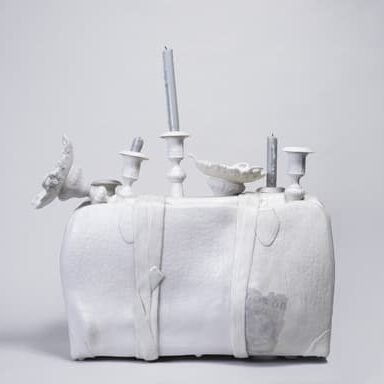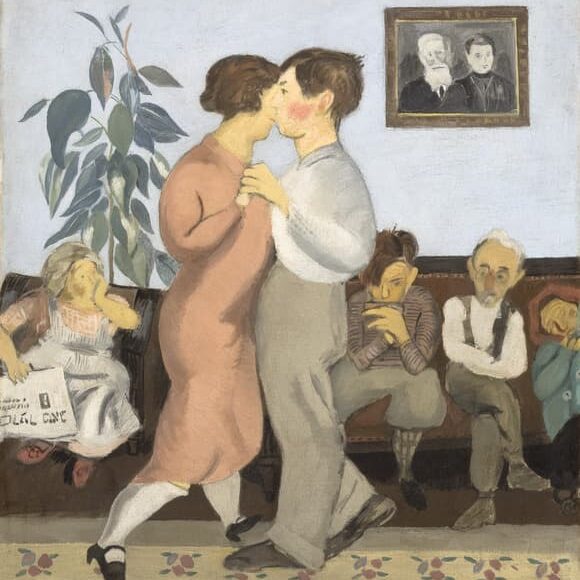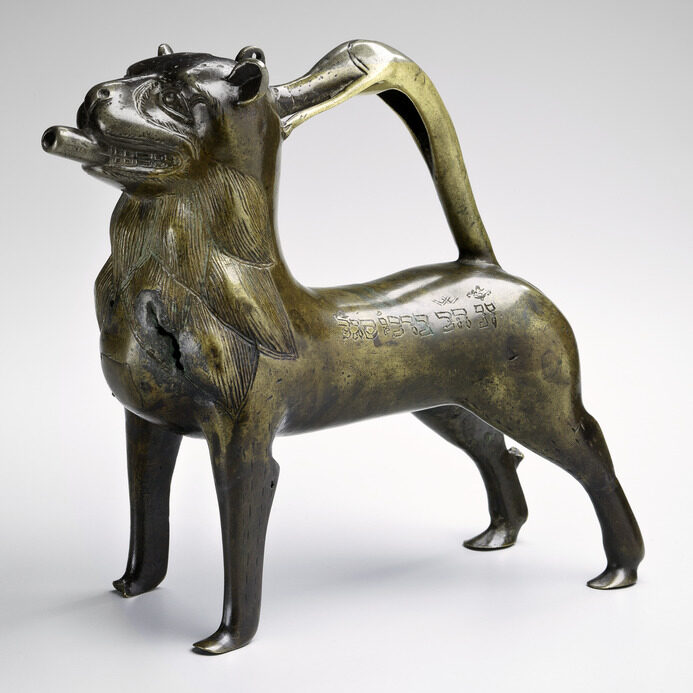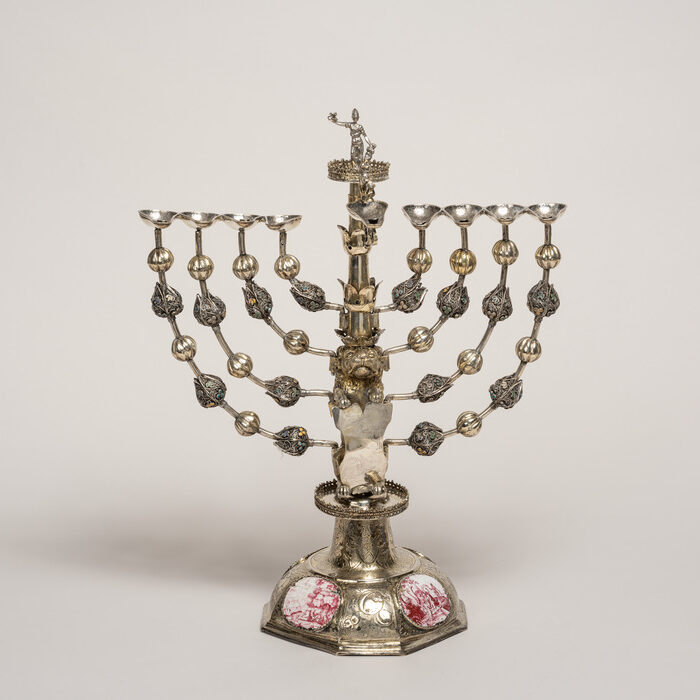Richly Decorated Garments from Over 20 Countries On View at the Jewish Museum Beginning November 3, 2017
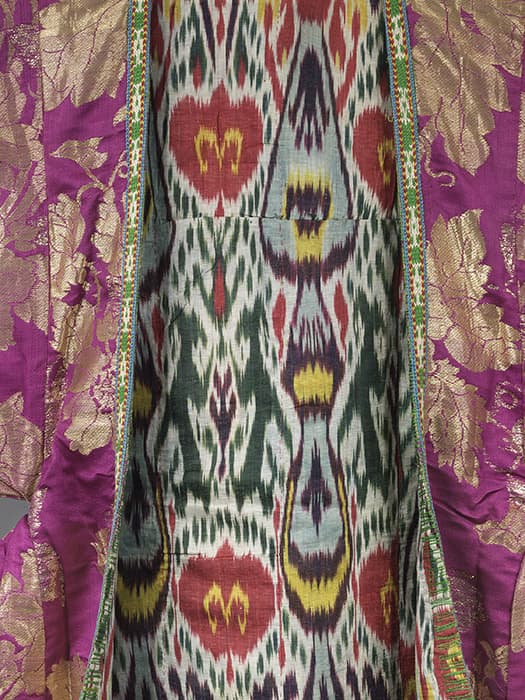
First Comprehensive Exhibition of Costumes from The Israel Museum’s Unparalleled Collection Press Preview: Wednesday, November 1, 10 am – 1 pm
New York, NY, September 25, 2017 – A sumptuous array of apparel from over 20 countries on four continents will be on display at the Jewish Museum from November 3, 2017 through March 18, 2018, offering an exceptional opportunity for American audiences to view many facets of Jewish identity and culture through rarely seen garments. Veiled Meanings: Fashioning Jewish Dress, from the Collection of The Israel Museum, Jerusalem, the first comprehensive U.S. exhibition drawn from The Israel Museum’s world-renowned collection of Jewish costumes, showcases over 100 articles of clothing from the eighteenth to twentieth centuries, presented as complete ensembles or as stand-alone items. The exhibition is organized by The Israel Museum, Jerusalem.
Clothing is intended to cover our bodies, but it also uncovers. In Veiled Meanings the visitor will be asked to consider to what extent our choice of dress is freely made, and how our surroundings affect our decisions. The extraordinary range of textile designs and clothing in the exhibition illuminates the story of how diverse global cultures have thrived, interacted, and inspired each other for centuries. Jewish communities from Afghanistan, Algeria, Denmark, Egypt, Ethiopia, Germany, Georgia, Greece, India, Iran, Iraq, Iraqi Kurdistan, Israel, Italy, Libya, Morocco, Poland, Romania, Tunisia, Turkey, the United States, Uzbekistan, and Yemen are represented. Showcasing color, texture, function, artistry, and craftsmanship, the exhibition also offers an incisive and compelling examination of diversity and migration through the lens of fashion.
The Jewish Museum’s presentation will focus on how clothes balance the personal with the social, how dress traditions distinguish different Jewish communities, and how costumes portray Jewish and secular affiliations within a larger societal context. Historical, geographic, social, and symbolic interpretations will be included within the context of four thematic sections: “Through the Veil,” “Interweaving Cultures,” “Exposing the Unseen,” and “Clothing that Remembers.”
The first section, “Through the Veil,” focuses on veils and wraps worn by Jewish women in Afghanistan, Iraq, and Uzbekistan, demonstrating the influence of local Islamic culture on Jewish dress. While covering a woman’s body and face, veils and wraps revealed important aspects of her identity, such as religion, status, or place of origin. Conversely, wraps worn by Jewish women inspired the adoption of new traditions; for example, the chadur worn in Mashhad, Iran, was brought by Jews to Afghanistan. The extent to which a woman is concealed by her clothing remains a timely issue.
“Interweaving Cultures” broadly examines the migration of Jewish communities and the effects of acculturation. Jewish costume often transmitted styles, motifs, crafts, and dress-making techniques from one community to another as Jews migrated across Europe, Asia, and the Americas. The ensembles presented also reflect the political and social changes that occurred in the regions where Jews settled. From Spain to Morocco, from the Ottoman Empire to Algeria, from Baghdad to Calcutta, clothing styles developed from the melding of imported and local fashions, materials, and craftsmanship. The costumes displayed reveal how clothing from distant locations and cultures influenced Jewish fashion, frequently resulting in innovative and often eclectic creations. As modernization began to take hold, handcrafted fabrics were frequently used along with industrially produced textiles — or were replaced by them. Over time, Western culture gradually pushed aside local traditions in North Africa, the Middle East, and Central Asia. Today, non-Western dress is often a source of European, American, and Middle Eastern fashion inspiration.
The exhibition features a brocaded silk sari worn by a bride in India’s mid-twentieth century Bene Israel community. Under European influence, white saris were preferred to the red ones traditionally worn by brides. Four other examples of white bridal attire will be on view ranging from a 1907 wedding dress from Tiberias, Ottoman Palestine, to a 1947 wedding gown from New York made of silk satin and decorated with early nineteenth-century Burano lace and pearls. Also highlighted in “Interweaving Cultures” is a deep purple silk, velvet, and cotton outfit from the early twentieth century that incorporates elements from the Parisian ballet into the attire of a Jewish woman from Mashhad: a short and flared ballet-like skirt is paired with matching pants to ensure modesty.
“Exposing the Unseen,” the largest section in the exhibition, magnifies the fine and often hidden details of clothing, the many layers and extraordinary craftsmanship that comprise an ensemble, and the symbolic embellishments that define a garment’s purpose. Exquisite linings, embroideries worn beneath outer garments, and other hidden components attest to the importance accorded to beauty and fine craftsmanship even when those details were enjoyed only by the wearer. Even some aspects of clothing visible to all were appreciated only by those familiar with local motifs and their meanings. Visitors will be able to view the lavish ikat lining of a Bukharan coat; the metallic embroidery on a jacket from Persia; the undergarments of a trousseau from Rome; and men’s sashes from Morocco and Iraqi Kurdistan. Also examined is the tension between the desire to reveal and the dictum to conceal, as in bodices worn by women to cover a specific area of the body. Paradoxically, these often elaborately crafted modesty garments drew attention to the physical attributes they were intended to obscure.
Articles of clothing used in tribute are included in the final section, “Clothing that Remembers.” Garments often serve to perpetuate the memory of the dead – at times after being repurposed or redesigned to fulfill this new role – as in the transformation of lavishly embroidered Ottoman Empire bridal dresses into commemorative Torah ark curtains. In other cases, the memory enshrined in clothing is personal, marking a rite of passage. For example, until the mid-twentieth century it was customary in Tétouan, Morocco, for a bridal couple to wear their shroud tunics under their wedding clothes, in order to recall the transience of life. In a sense, the display of Jewish costumes in an exhibition is also a commemorative act, preserving and kindling memory long after the people who wore these garments have passed from the world.
Veiled Meanings: Fashioning Jewish Dress, from the Collection of The Israel Museum, Jerusalem is organized by The Israel Museum, Jerusalem. The Israel Museum’s curatorial team includes Curator in Charge, Daisy Raccah-Djivre; Exhibition Curator, Efrat Assaf-Shapira; Scientific Advisors, No’am Bar’am Ben-Yossef and Esther Juhasz; and Head of Traveling Exhibitions, Sivan Eran-Levian. Claudia J. Nahson, Morris & Eva Feld Curator at the Jewish Museum, is Supervising Curator for the New York presentation. The exhibition has been designed by Leslie Gill Architect. The exhibition graphics were designed by Topos Graphics.
Support
Veiled Meanings: Fashioning Jewish Dress, from the Collection of The Israel Museum, Jerusalem is made possible by The Coby Foundation, Ltd., Friedman Family Foundation, S. Rothschild & Co., Kobi Halperin, Barbara and Richard Lane, the Peter Jay Sharp Exhibition Fund, the Joan Rosenbaum Exhibition Fund, and the Alfred J. Grunebaum & Ruth Grunebaum Sondheimer Memorial Fund.
Press contacts
Anne Scher, 212.423.3271 or [email protected]
General inquiries: [email protected]
